The Intricacies of Beehive Architecture
Beehive architecture is a marvel of natural engineering, crafted by bees to shelter and sustain their colonies. These central hubs of apiculture are not only for honey storage but also for rearing brood and preserving the complex social hierarchy essential to hive prosperity. The design of beehives is meticulously adapted to the colony's requirements, safeguarding both the collective and the individual worker bees.
The operational dynamics of a beehive are rooted in the bees' behavioral patterns and pheromonal communication. Within the hive, distinct sections are dedicated to various functions such as honey reserves, pollen processing, and brood nurturing. Worker bees undertake diverse roles, ranging from gathering nectar and pollen to regulating hive hygiene and temperature. The queen bee resides in a designated area for egg-laying, overseen by attendant nurse bees until the emergence of new workers.
Apiarists, or beekeepers, manage these habitats with meticulous attention, protecting them from pests and other hazards. Beehive construction aims to optimize spatial efficiency while ensuring adequate ventilation and insulation. It is a delicately balanced ecosystem that enables bees to flourish and fulfill their critical roles in pollination and honey production.
Varieties of Beehive Configurations
Beehive designs can differ to suit various beekeeping preferences and requirements. Below are some prevalent types:
-
Langstroth Hive: A dominant design in beekeeping, this hive features stackable boxes with removable frames, lauded for its management simplicity. The standard dimensions are 10 frames by 16 inches, with alternative sizes for specialized uses.
-
Top Bar Hive: Favored by certain hobbyists and in less developed regions, this hive has horizontal bars for comb attachment. It is prized for its straightforward design and cost efficiency in local or indigenous beekeeping traditions.
-
Warre Hive: A vertical variant of the top-bar hive, it employs bars over frames and is celebrated for its boxy structure that offers superior insulation, particularly in areas with marked temperature variations.
-
Flow Hive: An innovative addition to the field that simplifies honey collection through a tap mechanism, allowing honey to be drawn directly into jars, bypassing conventional extraction processes.
-
Smith Hive: A less ubiquitous model that emphasizes sustainability and low maintenance. It utilizes deep frames and standard bodies to foster a self-reliant system with minimal human intervention.
Each variant comes with distinctive features tailored to different beekeeping contexts and skill levels.
Selecting the Appropriate Beehive Configuration
For enterprises engaged in apiculture or the sale of bee-derived goods, selecting the right beehive is pivotal. The decision should reflect a series of factors congruent with your venture's objectives:
-
Purpose: The intended application of the beehive will guide the choice of the most fitting model. For instance, operations concentrating on honey might prefer Langstroth hives, whereas those dealing in beeswax could lean towards top bar hives.
-
Scalability: Factor in your long-term aspirations and the prospective expansion of your beekeeping enterprise. Certain models, like the Langstroth hive, can be scaled up effortlessly to support growing colonies as your business evolves.
-
Material: The beehive's material impacts its resilience and lifespan. Choices range from woods like fir or pine to plastics (PP or HDPE), and even stainless steel, each with its own set of advantages and drawbacks in terms of durability, weight, and expense.
-
Local Service Location: Your geographical setting may influence the accessibility or suitability of certain hive types. For example, remote locations might benefit from hives that demand less frequent upkeep.
Exploring Beehive Structures on Alibaba.com
Alibaba.com is a vast marketplace linking businesses with a worldwide network of suppliers, offering a broad selection of commercial products. In the realm of beehive sourcing, Alibaba.com is a premier resource, assisting businesses in locating the precise necessities. With a diverse range of beehive types crafted from materials like fir wood, stainless steel, or environmentally friendly plastics, Alibaba.com serves a wide spectrum of beekeeping stages.
The platform's dedication to enabling international trade is apparent through user-friendly mobile purchasing options and support for multiple languages. Alibaba.com's Trade Assurance service further guarantees that payments are secure until the completion of delivery, providing confidence in international dealings.
For businesses aiming to scale their beekeeping ventures or commence with dependable equipment, Alibaba.com offers a convenient path with its extensive product offerings. The platform's commitment to the prosperity of small and medium-sized enterprises is clear from its bespoke trade solutions that streamline global commerce and bolster businesses at every growth phase.
Frequently Asked Questions on Beehive Structures
What materials are commonly used to manufacture beehive structures?
Beehives are typically fashioned from natural substances like wood, bamboo, or various metals, with the choice hinging on desired durability and visual appeal.
How do I determine the appropriate size of a beehive structure for my business's needs?
Selecting a beehive size should be based on the volume of bee colonies you intend to manage or the scope of your business activities. Larger structures suit extensive commercial beekeeping, while smaller ones may suffice for modest or personal use.
Are there eco-friendly options available for beehive structures?
Indeed, beehive structures utilizing sustainable materials like bamboo are available. Moreover, frames and boxes can be designed to minimize environmental impact.
Can beehive structures be customized to match my company's branding or specific design requirements?
Customization options are available from numerous suppliers on Alibaba.com, allowing for specific colors, materials, or branding to match your company's identity or functional prerequisites.
What types of beehive structures are best suited for commercial beekeeping?
Commercial beekeeping often favors beehive boxes constructed from sturdy materials such as fir wood or stainless steel. The design should facilitate easy assembly and disassembly, as well as proper ventilation for the bees.
How do I choose between different types of beehive frames and boxes?
The selection between beehive frames and boxes should align with your particular beekeeping requirements. Frames are typically used in conventional Langstroth hives, while boxes may be preferred for more natural or contemporary designs. Size and material should complement the overall hive structure and beekeeping approach.
What features should I look for in a beehive structure for ease of use and maintenance?
Look for features that simplify usage and upkeep, such as hinged or detachable tops for inspections and cleaning, durable materials to endure diverse climates, and clear assembly instructions if necessary.
How can I ensure that the beehive structures I purchase are durable for long-term use?
To guarantee longevity, seek beehive structures made from premium materials and robust construction. Features like solid wood frames or galvanized steel components are indicative of durability.
What should I consider when choosing beehive structures for different types of bees?
When choosing beehive structures for various bee species, take into account their typical behaviors, size, and the level of protection they require from the elements. For instance, Italian bees are adept at enduring cooler climates, while other species may need better shelter from rain or sun.
How important is ventilation in a beehive structure?
Ventilation is vital in beehive structures to prevent overheating and ensure healthy air quality for the bees. Opt for designs that promote airflow while offering protection from the elements to maintain a hospitable environment for the bees.
Are there any modern technological features incorporated into beehive structures?
Contemporary technological advancements may encompass sensors for hive health monitoring, automated systems for feeding or cleaning, and even intelligent beehives controllable via mobile applications.

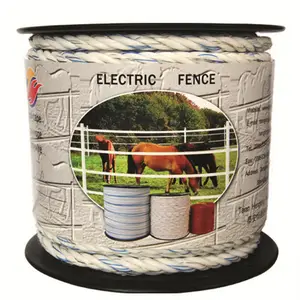
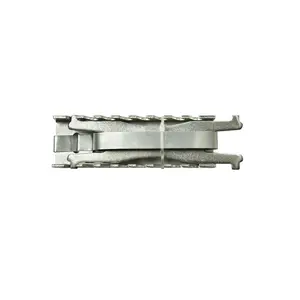







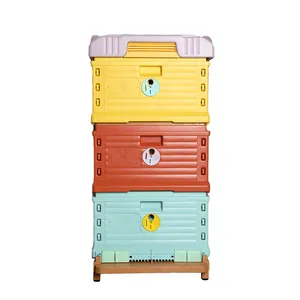
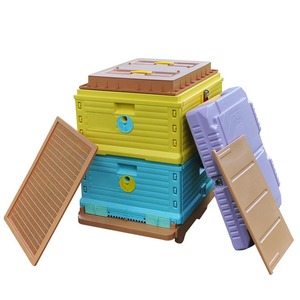



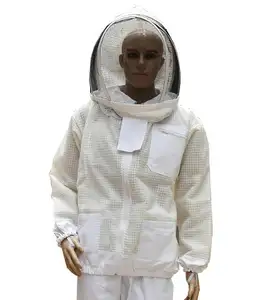
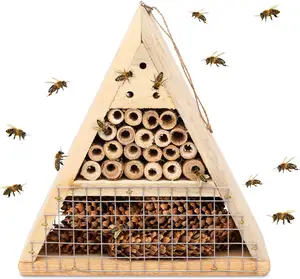

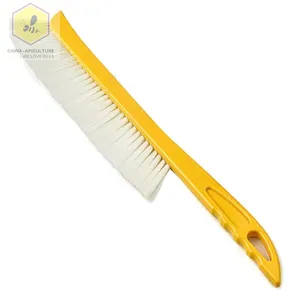


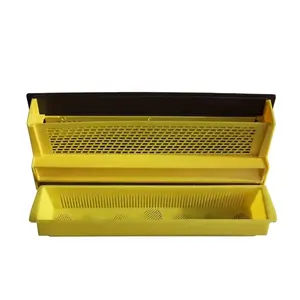
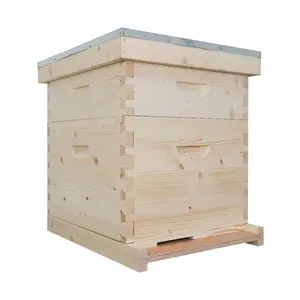
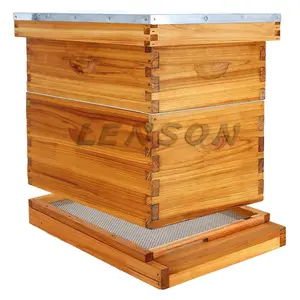

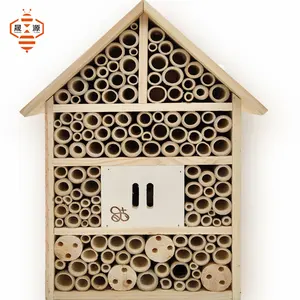

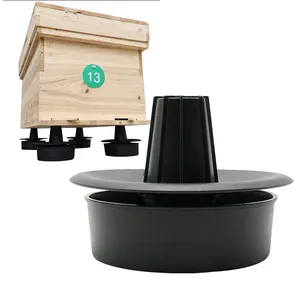

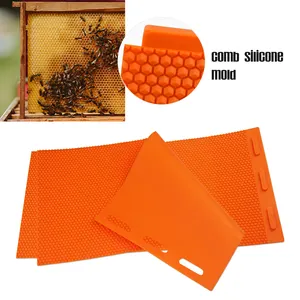
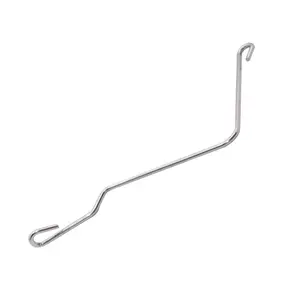
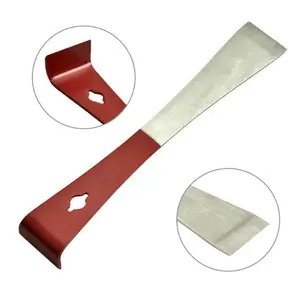




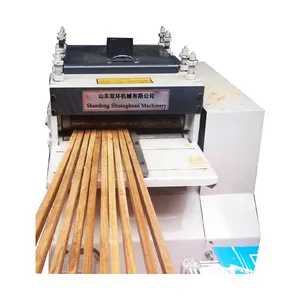




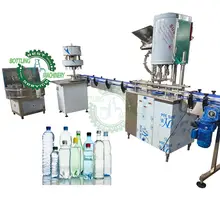


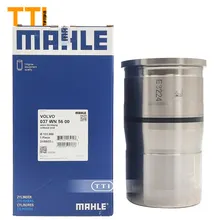

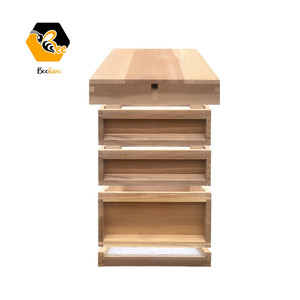
























 浙公网安备 33010002000092号
浙公网安备 33010002000092号 浙B2-20120091-4
浙B2-20120091-4